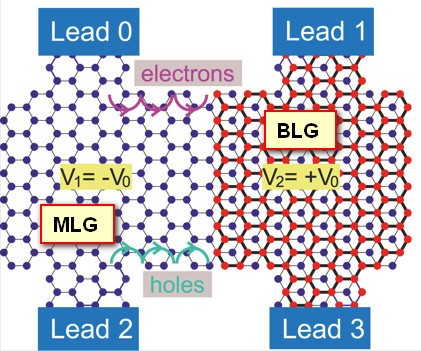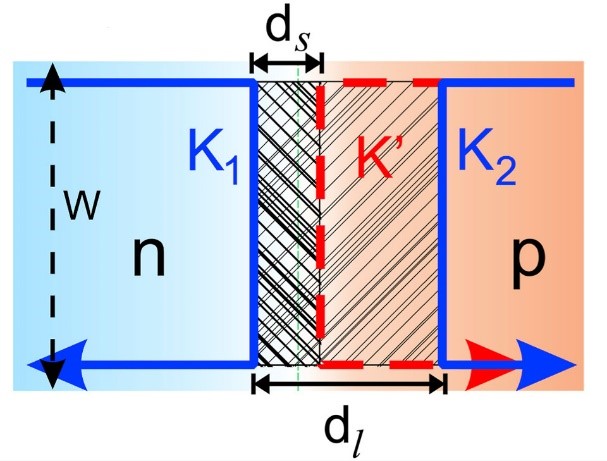주메뉴
- About IBS 연구원소개
-
Research Centers
연구단소개
- Research Outcomes
- Mathematics
- Physics
- Center for Theoretical Physics of the Universe(Particle Theory and Cosmology Group)
- Center for Theoretical Physics of the Universe(Cosmology, Gravity and Astroparticle Physics Group)
- Center for Exotic Nuclear Studies
- Center for Artificial Low Dimensional Electronic Systems
- Center for Underground Physics
- Center for Axion and Precision Physics Research
- Center for Theoretical Physics of Complex Systems
- Center for Quantum Nanoscience
- Center for Van der Waals Quantum Solids
- Chemistry
- Life Sciences
- Earth Science
- Interdisciplinary
- Institutes
- Korea Virus Research Institute
- News Center 뉴스 센터
- Career 인재초빙
- Living in Korea IBS School-UST
- IBS School 윤리경영


주메뉴
- About IBS
-
Research Centers
- Research Outcomes
- Mathematics
- Physics
- Center for Theoretical Physics of the Universe(Particle Theory and Cosmology Group)
- Center for Theoretical Physics of the Universe(Cosmology, Gravity and Astroparticle Physics Group)
- Center for Exotic Nuclear Studies
- Center for Artificial Low Dimensional Electronic Systems
- Center for Underground Physics
- Center for Axion and Precision Physics Research
- Center for Theoretical Physics of Complex Systems
- Center for Quantum Nanoscience
- Center for Van der Waals Quantum Solids
- Chemistry
- Life Sciences
- Earth Science
- Interdisciplinary
- Institutes
- Korea Virus Research Institute
- News Center
- Career
- Living in Korea
- IBS School
News Center
New platform for electronic Mach-Zehnder interferometer- Hybrid monolayer-bilayer graphene features electron interference associated with valley-polarized edge channels in a bipolar regime - Hybrid graphene structures consisting of two different areas of graphene layers, e.g., partly monolayer graphene (MLG) and partly bilayer graphene (BLG), present a lot of interesting physics. For example, the Hall resistance across such graphene hybrid structures shows quantized plateaus switching between those of MLG or BLG quantum Hall plateaus depending on the type of carriers. The results from theoretical studies showed that the valley degeneracy is lifted near the MLG-BLG interface, and oscillatory band structures appear in the boundary region. Such interface states were previously observed as anomalous resistance oscillations in the experimental works. Recently, researchers from the Center for Theoretical Physics of Complex Systems (PCS) within the Institute for Basic Science (IBS), South Korea showed that an n-p junction of the MLG-BLG interface bar (i.e., gating each side of the bar to opposite potentials) in a strong magnetic field (quantum Hall regime) results in valley-polarized edge-channel interferences and can operate as an electronic Mach-Zehnder interferometer device. The Mach-Zehnder interferometer is a two-path interferometric system designed to measure the relative phase shift between two collimated beams originating from a single source. The Hall bar proposed by the research group is schematically shown in Figure 1. Geometrically, this structure can be regarded as a BLG ribbon in which half of its upper layer is cut out, thus creating the MLG-BLG junction. By applying opposite potentials to the MLG and BLG regions, either side of the junction gives electron- and hole-like edge modes with opposite edge chiralities (opposite edge directions which are dictated by the magnetic field) and results in metallic channels at the interface. A (valley-degenerate) edge channel coming from, e.g., lead 0 in the MLG region is wholly guided along the n-p junction at the intersection between the ribbon physical edge and the n-p interface, and splits into valley-polarized channels due to the presence of the second layer of BLG region (Figure 2), which, after traveling along the n-p junction, obtain different Aharonov-Bohm phases, interfere at the ribbon's bottom physical edge and result in two complementary edge channels, collected by leads 2 and 3. The outcome leads to full or finite transmission, depending on the Fermi energy. This mechanism is the electronic analog of the optical Mach-Zehnder interferometer. Their findings also show that electronic MZ interference in such structures can be drastically affected by the type of flawless (zigzag or armchair) edge termination of the second layer in the bilayer graphene region. Mach-Zehnder interferometer is one of the most common electronic interferometers that have been proposed and engineered in the last few years for studying fractional statistics (such as fractional charges) in the fractional quantum Hall regime. In recent years, several electronic interferometer configurations have been proposed and successfully achieved for this purpose. Two examples of such devices are a double-slit electron interferometer fabricated in high mobility two-dimensional electron gases and Corbino geometry with a hole in the center of the Hall bar. The work by the PCS-IBS researchers offers a new system to study electron interference associated with valley-polarized edge channels and quantum Hall edge physics in “natural” graphene hybrid structures involving different Landau level configurations. Another possible area of electron-interferometry research is the quantum entanglement via two-particle interference.
Notes for editors
- Reference
- Media Contact
- About the Institute for Basic Science (IBS)
|
| Next | |
|---|---|
| before |
- Content Manager
- Public Relations Team : Suh, William Insang 042-878-8137
- Last Update 2023-11-28 14:20













